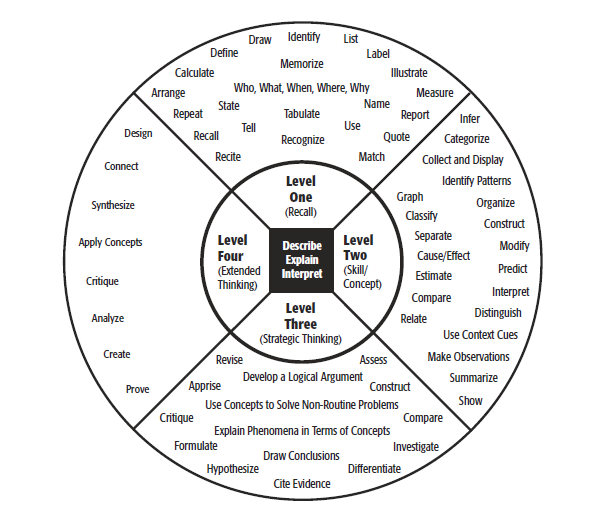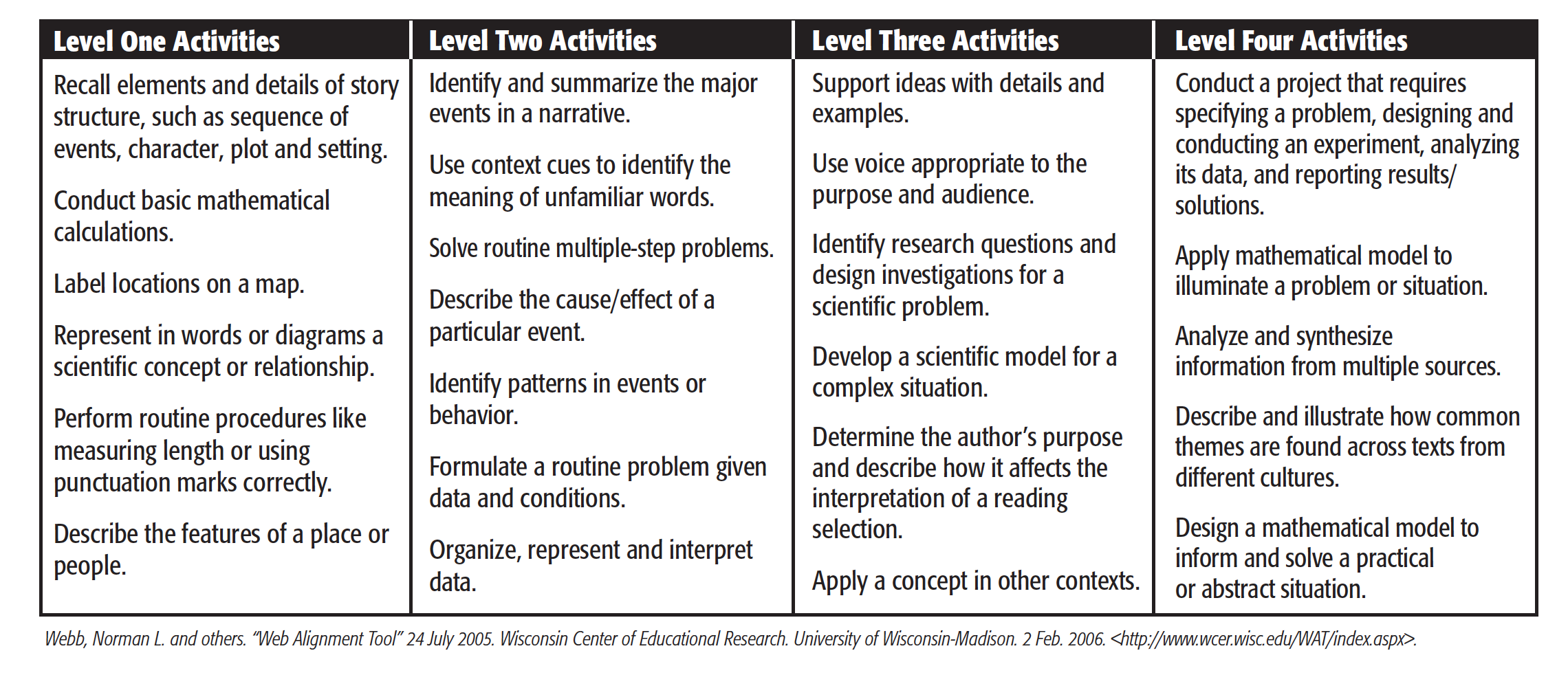Assessment Toolkit
Assessment doesn't have to be hard. Below, we have outlined a few tools we like to utilize in our Assessment Toolkit that makes assessment easier and more meaningful.
Team Building Exercises
We like to use team building exercises to get everyone talking and comfortable with each other. Below are a couple of examples that have proven effective in our workshops.
North, South, East, West
This team building exercise gets everyone up and moving and allows people to see and interact with others they may identify with.
The instructions are simple:
- point out the North, South, East, and West corners of the room
- have people go to the corner of the room with which they identify
Find a Partner
This exercise helps your group have some more one-on-one interaction with the people around them.
Have each person find a partner, then have them discuss a question. In the past, we have used the question, "What are three things you learned that you didn't know or were confirmed for you?"
The Six Leadership Styles

Get People on the Same Page
In any setting, getting people on the same page is important. When conducting our workshops, there a few things we like to do to get everyone in the same head space.
Anchoring
Anchoring is possibly one of the most important things you can do to get all your reviewers on the same page before scoring student work.
Anchors work to set your scoring standards. Before the workshop, we go through student work and decide, while keeping the goals and rubrics in mind, what kind of work constitutes benchmark, milestone, and capstone. We then write a rationale and discuss the anchors with reviewers.
Reviewers then have a standard set for scoring student work. This allows for uniform scoring throughout the reviewing process.
Adaptive Schools' 7 Norms of Collaboration
The Norms of Collaboration are a good way to get your group to discuss with each other what they identify with, what their strengths and weaknesses are, and what they bring to a group conversation.
Have your group read over the 7 Norms below then discuss some questions.
- Pausing
- Pausing before responding or asking a question allows time for thinking and enhances dialogue, discussion, and decision-making.
- Paraphrasing
- Using a paraphrase starter that is comfortable for you - "So..." or "As you are..." or "You're thinking..." - and following the starter with an efficient paraphrase assists members of the group in hearing and understanding one another as they converse and make decisions.
- Posing Questions
- Two intentions of posing questions are to explore and to specify thinking. Questions may be posed to explore perceptions, assumptions, and interpretations, and to invite others to inquire into their thinking. For example, "What might be some conjectures you are exploring?" Use focusing questions such as, "Which students, specifically?" or "What might be an example of that?" to increase the clarity and precision of group members' thinking. Inquire into others' ideas before advocating one's own.
- Putting Ideas on the Table
- Ideas are the heart of meaningful dialogue and discussion. Label the intention of your comments. For example: "Here is one idea..." or "One thought I have is..." or "Here is a possible approach..." or "Another consideration might be..."
- Providing Data
- Providing data, both qualitative and quantitative, in a variety of forms supports group members in constructing shared understanding form their work. Data have no meaning beyond that which we make of them; shared meaning develops from collaboratively exploring, analyzing, and interpreting data.
- Paying Attention to Self and Others
- Meaningful dialogue and discussion are facilitated when each group member is conscious of self and of others, and is aware of what he or she is saying and how it is said as well as how others are responding. This includes paying attention to learning styles when planning, facilitating, and participating in group meetings and conversations.
- Presuming Positive Intentions
- Assuming that others' intentions are positive promotes and facilitates meaningful dialogue and discussion, and prevents unintentional put-downs. Using positive intentions in speech is one manifestation of this norm.
Some questions you can use for discussion include:
- What do you want to stay most mindful of?
- What personal connections are you making with this set of norms?
- Which of these norms might be most important for your full participation as a group?
- Considering these norms, which might you find most challenging?
- Given your selection, what strategies might you use to focus on this/these?
Depth of Knowledge
When revising or developing rubrics, especially with new faculty, using the Depth of Knowledge wheel can help to match a group's language of choice with the appropriate level of skill being examined.


Reading Through the Rubric Together
Reading through the rubrics with faculty and students opens lines of communication and conversation. It allows for questions to be asked and clarifications to be made.
Value People's Time & Expertise
Valuing people's time is important because it shows them that we care about their effort and their knowledge. Here are a few ways we've shown our appreciation:
- Gift cards—Even if faculty can't participate in the workshop, we want to show our appreciation for their contribution of student work, so we send them a Starbucks gift card.
- Nice lunches—people like to eat, don't just provide pizza, put thought into the menu.
- Modest stipend—We work with our provost to provide a modest stipend to our faculty and staff reviewers. We value their time and back it up.
- Don't fill time just because you have scheduled it—if you've accomplished what you came for, adjourn. People appreciate it.
- Certificates—Workshop participants each receive a certificate to include in a dossier.
Include Students
Students are an important part of the assessment process who can provide insightful feedback and help further the assessment process.
Student Government Association
Members of Student Government can be valuable when identifying exceptional instructors and courses. Here is an example of our SGA Invitation Letter for recommended participants and SGA Cards for instructors and courses.
Invite Students to Workshops
Don't forget that you are assessing student learning. It's important to bring them into the process. Each year, we invite students to participate as reviewers at our annual assessment workshop alongside faculty and staff. We pay them to be there, because their time and input is valuable.
Student Led Focus Groups
Student led focus groups are a great way to get students involved. Conversations with students in focus groups can aid our efforts to understand our assessment evidence.